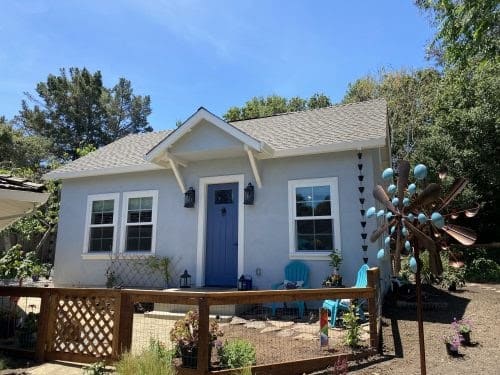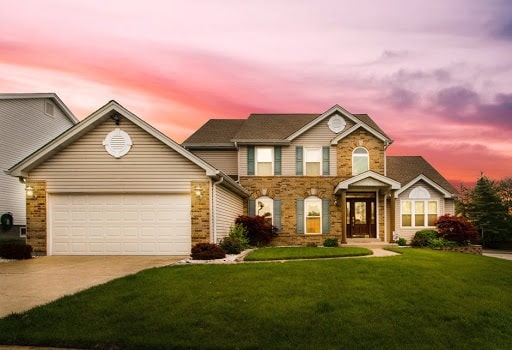Building an ADU? Start When It Rains
If you are thinking about building an Accessory Dwelling Unit (ADU) for your property, you might be wondering: When should I begin my project? You’d think that with California’s mild climate, any time of year would work. Or better yet, this summer would be perfect because the weather will be dry and perfect for building, no delays. But that just isn’t the case.
Starting an ADU project isn’t as simple as that and there’s much more to think about than breaking ground. Residential design, interior design, and how they both fold into the process of navigating city regulations (so you can be certain your project will be approved) are all steps you have to take before you start construction. And those steps take time, months actually. But here’s some simple advice. If you want to get started right, start when its raining.
The best time to hire a partner to create your accessory dwelling is during the rainy, winter months of California—specifically, sometime between January and April, before the dry weather sets in. Why does everyone make this mistake? Simple. Every construction project has a ramp-up of weeks or even months before building can actually begin. In terms of ADUs, building an entirely new home in your backyard is a complicated process, and many elements need to be sorted out before your team can start construction.
Here are some considerations you should be looking at:
Is my project feasible?
Every ADU project must start with a professional feasibility review so you know what you can build. Every city, county, neighborhood, and even lot has specific requirements that will determine the scope of your accessory dwelling.
At Acton ADU we take this part of the process very seriously because it’s so critical to being successful and establishing expectations up front for everyone. A company like Acton dislikes surprises as much as you do, and for that reason we suggest you work with ADU specialists that can ask and answer questions like these:
- Does building an ADU make sense for your home and family? What are your motivations? Have you thought through the investment?
- Are there any legal restrictions? (Some types of ADUs are prohibited by local jurisdictions, for example)
- What type of ADU will work best for your home or property? Does the project call for a stand-alone dwelling, adding on to your existing home or converting existing square footage? What are the cost considerations? Does the proposed project match your budget?
- What permits, fees, additional services will you need to complete the project? There can be hidden costs discovered early in the process with a proper feasibility report.
Getting clear answers to these questions takes a few weeks but will save months of headache and tens of thousands of dollars later on. By starting early, you will not only have all of the answers you need, you will have an opportunity to work with an ADU specialist when they are less busy, competing with their availability in the summer months—not to mention learning that you’ll be breaking ground around the holidays.
Ultimately, it’s important to understand that feasibility is a lot like a multi-point, diagnostic of your car. It can’t be done in a single phone call and you can’t even begin design (in any way shape or form) before you know if the project is feasible in the first place.
Designing an ADU (or picking one)
Determining the best design for your ADU is a critical part of pre-construction. Not just because of the limitations or opportunities of your property, but also because designing a small space is a specialized skill.
Design is usually broken down into a few primary stages, like: residential design, interior design, and structural engineering. But there are also other considerations, like Title 24 energy requirements and Cal Green. Whether you’re building a personalized accessory home for the long-term or buying a factory-assembled ADU kit to do it yourself, understanding what can be done, and how to do it well—to make a safe, comfortable, and private space—are extremely important. Building a home is a significant investment after all.
Scheduling a contractor
All of these considerations aside, if you wait until spring or summer to hire a contractor in California, your project could be delayed for months.
Phones ring off the hook and calendars fill up fast as the dry season approaches. To compound the issue, there aren’t that many ADU specialists to begin with, which means finding the right partner can be even harder during the busy season.
The bottom line.
If you’re looking to house family, maybe elderly parents, kids, or even family with special needs; if you’re looking to construct a secondary home on your property, to invest in something long term for a multitude of reasons and really want to get started; play it smart. Find a construction partner or ADU specialist that you feel confident in. Then, call them when it’s raining.






